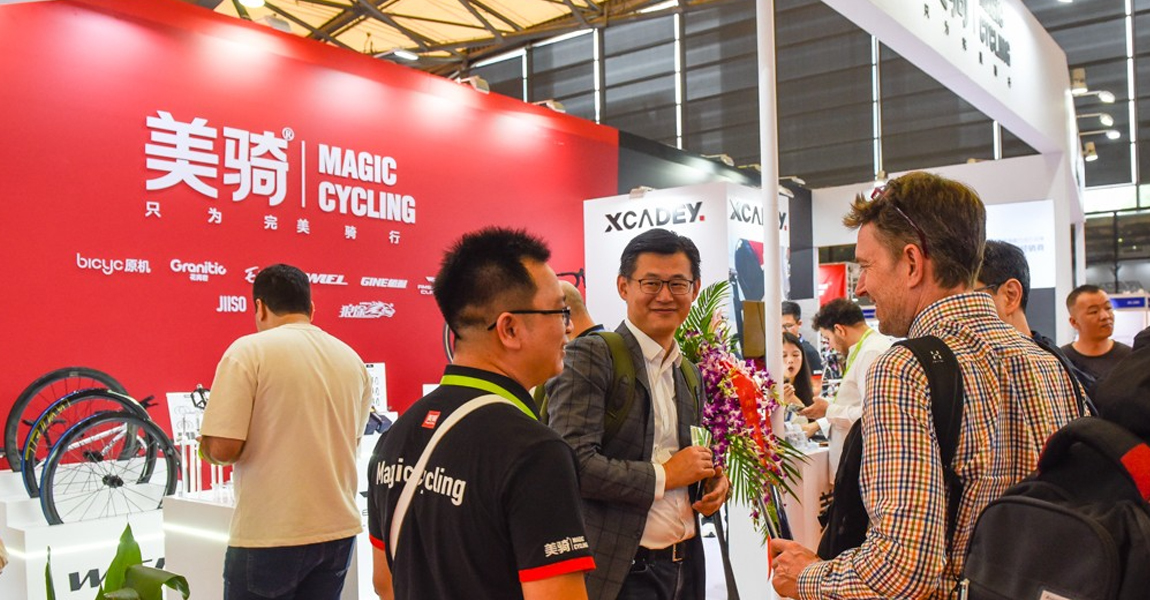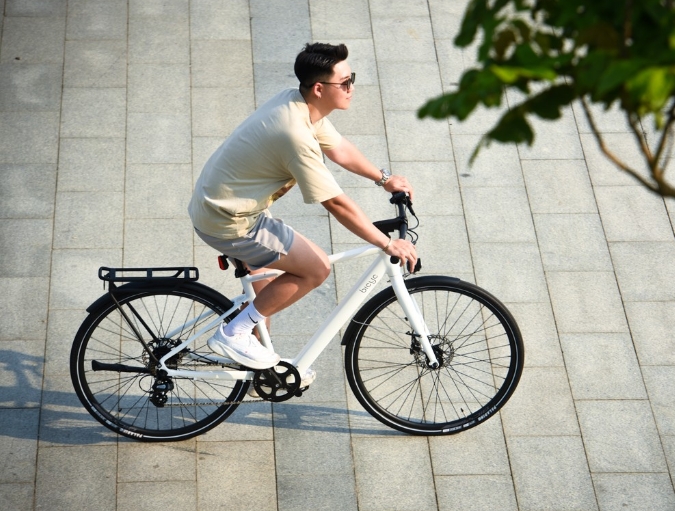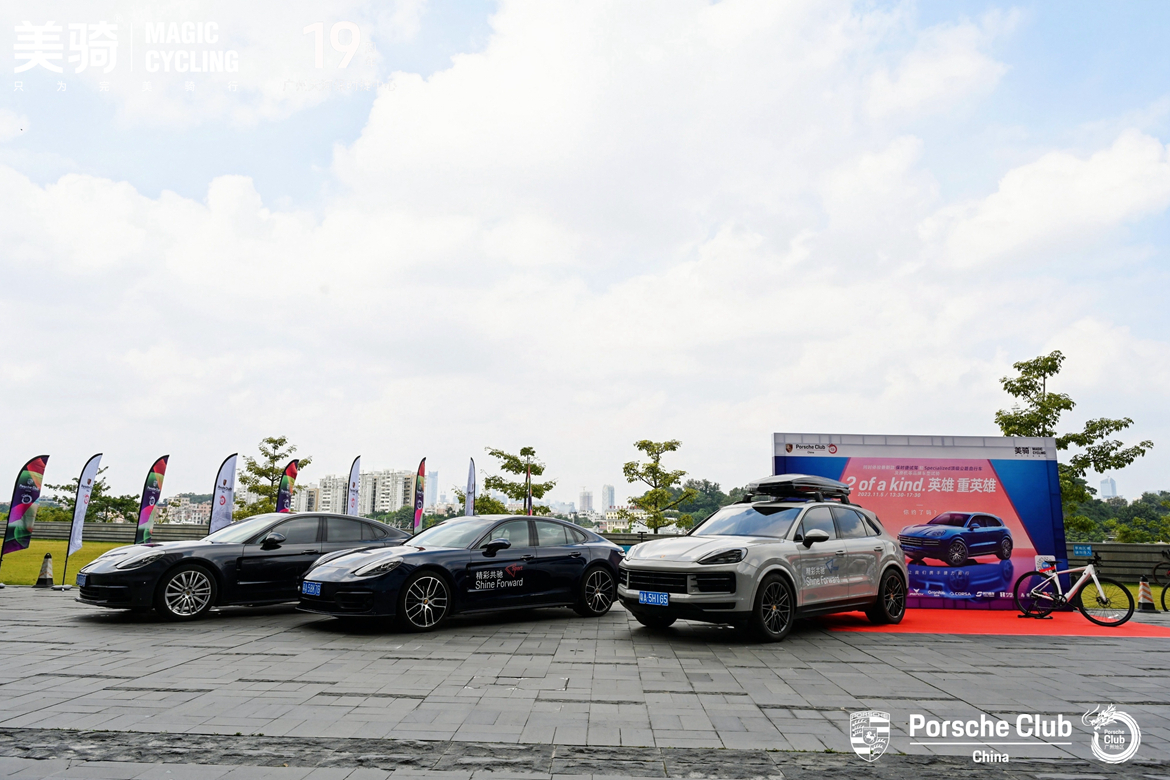The wonderful "collision" between bicycles and modern China
In recent years, there has been great development in China’s bicycle industry. 610,000 Chinese bicycle-related companies have contributed more than half of the world's bicycle production capacity, and domestic electric mopeds representing high-tech are also "sail out to the sea" and frequently emerge in overseas markets. However, as a traditional bicycle country, few people pay attention to historical research on Chinese bicycles, which has to be said to be a pity.
A year ago, the author came across this 326-page doctoral dissertation while searching for literature. This is the graduation thesis of Dr. Xu Tao from East China Normal University. It will be revised and published in the future under the name of Bicycles and Modern China. This article sorts out the development history of bicycles in modern China in detail and fills this gap with detailed historical materials and background data. The following author selects several historical questions that everyone is more concerned about, and finds answers from this paper.

Q: How did the Chinese people in modern times form an indissoluble bond with bicycles in the first place?
The entry of bicycle technology into the eyes of the Chinese is closely related to the fact that they were forced to look to the West after the defeat of the late Qing Dynasty. The first group of people in China to come into contact with bicycles were diplomatic envoys first. In the winter of 1867, Zhang Deyi, the first batch of officials sent to visit abroad, wrote in his diary a detailed description of the bicycles he saw in various countries.
Bicycles undoubtedly brought a great sense of novelty to this diplomatic envoy, but he did not indulge in them. "Sensitive" he paid attention to the convenience brought by this tool to Westerners and the social changes that followed. Amazed: "I have this car, I am afraid that there will be fewer carriages in the future!"
In addition to diplomatic envoys, the earliest contact with bicycles was with a group of international students. This group of Chinese boys who used to wear jackets and long braids quickly adapted to studying and living abroad and learned to play baseball, football, ice skating, and cycling. A classmate of Wu Yangzeng, an international student, said: "When the bicycle first appeared, the first person in the school to buy it was Zeng. I still seem to see him riding this strange guy early. It's hard to walk on the mountain road."
The arrival of bicycles also attracted the last emperors to the charm of cycling. Puyi wrote in his memoir "My First Half of Life": "For the convenience of riding bicycles, our ancestors did not feel inconvenient for the palace gate thresholds for hundreds of years, and asked people to saw them off." Dropping as many as 20 places is considered to be a bit "overdone" when playing with the bicycle.

At that time, the most common cyclists were missionaries who spread the gospel, because they found that bicycles were very suitable for the road conditions in China at that time. "In China, bicycles have helped missionaries so much that they can go hundreds of miles on a bicycle in even the worst conditions." An Australian Cycling Magazine was published in 1899.
First, the technology is not perfect and it has not reached the level of "convenience". At that time, the front wheel of the bicycle was large and the rear wheel was small. There were neither brakes nor rubber wheels. It was not only difficult to control, but also very comfortable.
Second, is the poor road conditions in China and the lack of bicycle replacement. Potholes and bumps are a true portrayal of Chinese roads at that time. Even Shanghai, the "magic capital" at that time, only had a few large roads in the concession. Compared with dangerous bicycle riding, "horse carriages" and "rickshaw rickshaws" are more popular.
Finally, it is difficult to learn to ride, and the price is not acceptable to ordinary people. Bikes were very expensive, equivalent to the price of a mid-range car today. People who like bicycles can't afford to buy them, and for the "rich people" who can afford them, it is extremely difficult for them to spend a lot of money to buy a bicycle and come back to practice for two or three months, let alone let them risk "throwing down the street" The risk of humiliation took to the streets to ride.
At first, the Chinese sneered at the attitude of bicycles. Writer Huai Lang wrote in <Gossip Bicycles> published in 1942: "When bicycles came to our country, the origin was no longer known, but they always came after overseas trade... Because of Chinese people's habits and customs, those who did not serve others were employed by others. . . …Besides walking with one’s natural legs, it will be laughed at if you use your own strength in a bicycle, so although bicycles have been introduced to our country for many years, they are still not widely used.”
Until the 20th century, under the strong impact of foreign cultures. People have changed their minds. Although the bicycle still has no technical improvement, the Chinese people's view has come to a 180° turn. Bicycles are no longer useless in their mind but transformed into cultural objects that can "entertain the mind" and have profound meanings. Many domestic cities have successively seen Chinese people riding bicycles.
With the popularity of bicycles, the class of cyclists has also shifted from the upper-class group to the lower-middle-class group in the city. At this time, bicycles are no longer owned by a few people, the western meaning is getting weaker and the Chinese atmosphere is getting stronger and stronger.

In 1897, Shanghai originally set up a booth to repair horse-drawn carriages and rickshaws and opened “The Tongchang Bike Shop”, which marked the birth of the national bicycle industry. Seeing that it is profitable, such bicycle lines have sprung up in China. Most of these Chinese dealerships focus on repairing, renting, and selling foreign bicycles.

Published in 1999, <Shanghai Daily Industrial Products Business Journal> introduced the profit model of “Tongchang Bicycle Co., Ltd.”: "In addition to distributing Dunlop tires, it is also the exclusive agent and exclusive distributor of British three-gun and Triton bicycles. The purchase price is 96%. % discount, the payment is stipulated to be settled once every 3 months, in fact, it is settled after the sale..."
These dealerships make good profits by selling imported bicycles and related parts. Deli, Daxing, Hongli, Runda, and other bicycle dealers have directly formed alliances to monopolize the distribution rights of imported bicycles, and their business is prosperous.
After years of capital accumulation, a group of bicycle dealers, such as Daxing Bicycle Co., Ltd., Tongchang Bicycle Co., Ltd., and Deli Bicycle Co., Ltd., have begun to take shape and have established their own factories. Bicycle, this move has become a symbol of the birth of the national bicycle industry.
In 1926, Daxing Motor Co., Ltd. purchased imported steel pipes and joints, hired two Japanese technicians to assemble, weld, and paint the bicycle frame officially, and named the "Red Horse" and "White Horse" bicycles to the market, which was the earliest domestically produced bicycle. bike. Although "domestic" is nothing more than foreign parts assembled in China, this is a good start.
"Speaking of bicycles, although it is a light industry, the manufacturing method has complicated processes in its simplicity. For example, the flywheel and chain must be accurate and lubricated, and quenching must be experienced. For example, the steel ring must be round and hard, and the bicycle frame must follow a certain angle. Others such as cassettes, handles, flower pots, etc. all have their complex manufacturing processes. It seems easy, but it is not as simple as ideal.” Recalling the difficulties at that time, Shao Zhishen, a national entrepreneur, once sighed with emotion. said.
Under the predicament, the Chinese were also "forced" to start their earliest DIY attempts. "(20th century) In the 1920s and 1930s, there was another kind of cheap bicycle in Beijing, that is, the bicycles that were 'hoarded' by various dealers. They used imported British and Japanese bicycle parts plus a number of domestic parts to make a complete bicycle... The quality varies. They are quite large, and the prices vary. Generally speaking, they are much cheaper than British and German bikes. Citizens who do not know the brand buy this kind of bike more. Some customers also buy their own parts and ask the dealer to save them. It should be said that the bicycles at that time Among them, saving cars is the most important thing." The author Yuan Xi said in "Citizens' Life in Modern Beijing" published in 2000.
It was not until 1945 that China's national bicycle industry continued to grow in war and adversity. All major bicycle parts had achieved self-sufficiency, and 200,000 new cars could be installed each year. Since then, it has entered the national industry that can independently manufacture bicycles from the era of distribution. era.
Q: What form did the early domestic cycling race take?

 MagicCycling Unveils a Host of New Brands and Products at 2024 China Cycle
MagicCycling Unveils a Host of New Brands and Products at 2024 China Cycle
 E-bike makes riding more enjoyable!
E-bike makes riding more enjoyable!
 Magiccycling & Porsche test drive event was successfully held!
Magiccycling & Porsche test drive event was successfully held!